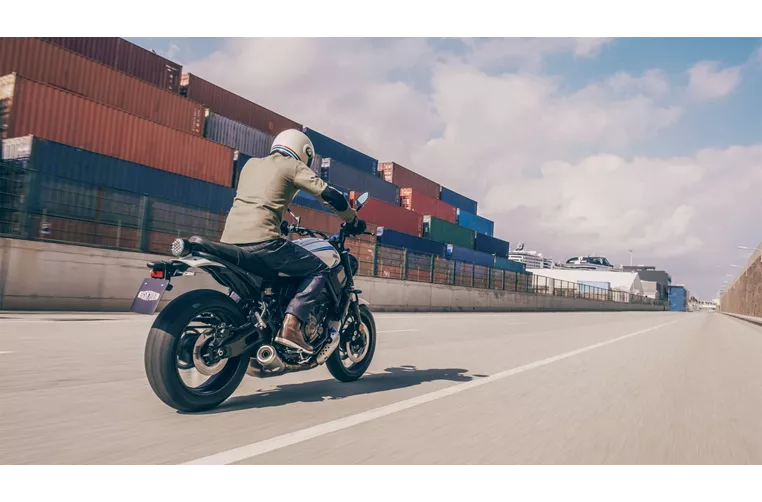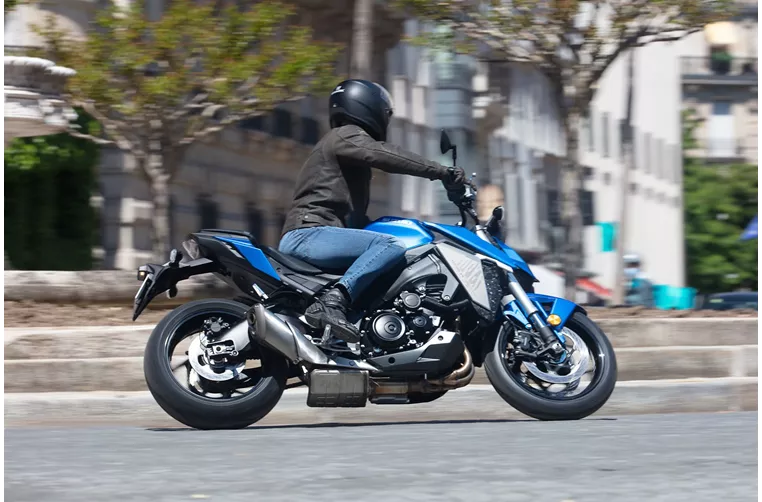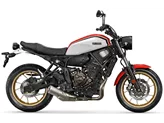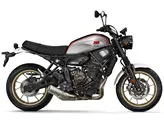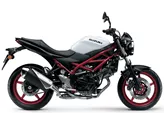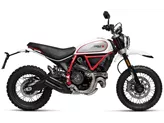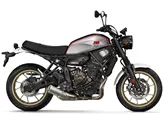Yamaha XSR700 2022 vs. Suzuki GSX-S950 2021

Yamaha XSR700 2022
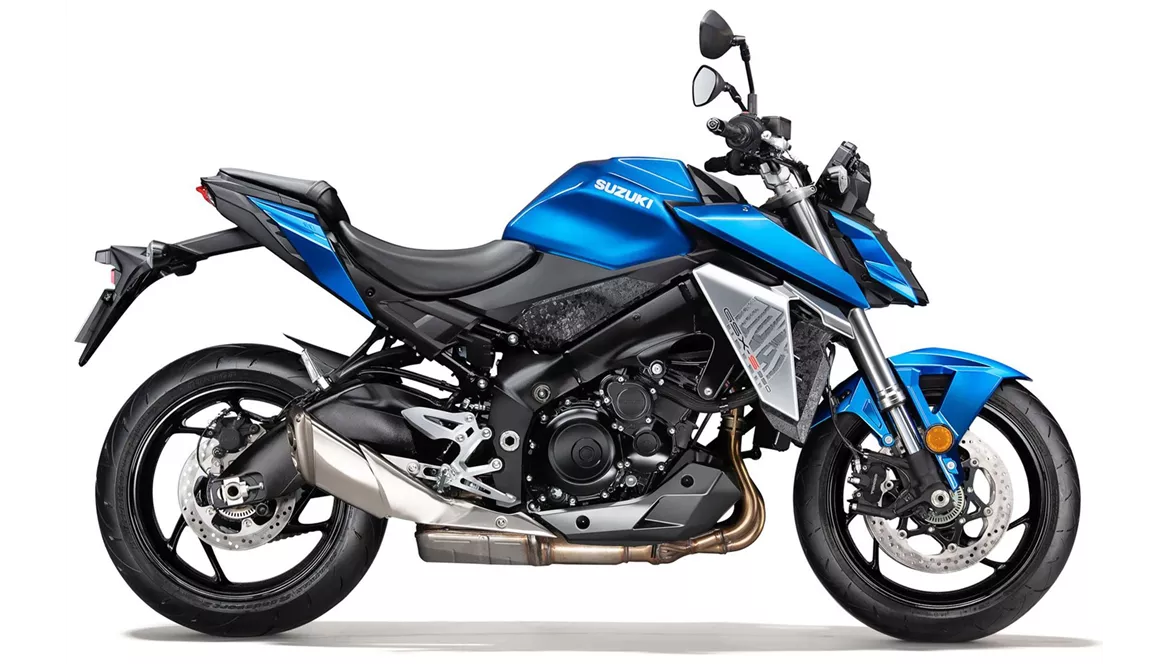
Suzuki GSX-S950 2021
Overview - Yamaha XSR700 2022 vs Suzuki GSX-S950 2021
In terms of engine and drive train, both the Yamaha XSR700 2022 and the Suzuki GSX-S950 2021 have inline engines with fuel injection systems. However, there are some differences in their specifications. The Yamaha XSR700 has a 2-cylinder engine with a power output of 73.4 HP and a torque of 67 Nm. On the other hand, the Suzuki GSX-S950 has a 4-cylinder engine with a higher power output of 95 HP and a torque of 92 Nm. This means that the Suzuki GSX-S950 has more power and torque, providing a more thrilling riding experience.
In terms of cooling, both bikes have liquid cooling systems, which help to maintain optimal engine temperatures during prolonged use. This is important for ensuring the longevity and performance of the engines.
In terms of suspension, the Yamaha XSR700 has a telescopic fork front suspension and a swing arm rear suspension with a monoshock absorber. The Suzuki GSX-S950 also has a swing arm rear suspension with a monoshock absorber, but it features an upside-down telescopic fork front suspension. The upside-down design of the front suspension on the Suzuki GSX-S950 provides better stability and control during aggressive riding.
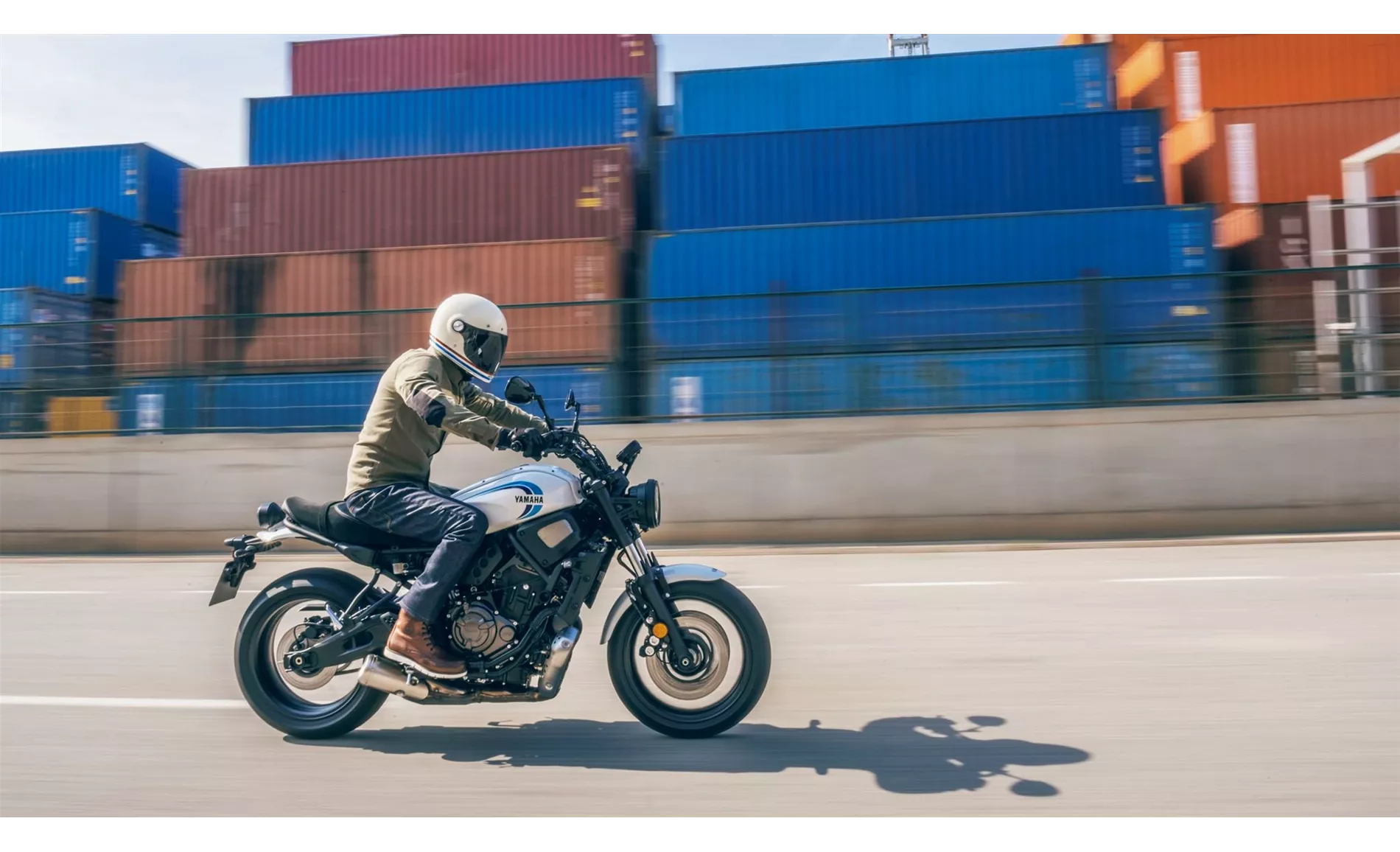
Yamaha XSR700 2022
In terms of chassis, the Yamaha XSR700 has a steel frame, while the Suzuki GSX-S950 has an aluminum frame. Aluminum frames are generally lighter and more rigid, which can contribute to better handling and maneuverability. However, the choice between steel and aluminum frames ultimately depends on personal preference and riding style.
In terms of brakes, both bikes have double disk front brakes with four pistons. The Yamaha XSR700 has a front brake diameter of 298 mm, while the Suzuki GSX-S950 has a larger front brake diameter of 310 mm. The larger brake diameter on the Suzuki GSX-S950 may provide better stopping power and control.
In terms of assistance systems, both bikes have advanced rider assistance systems, including ABS. However, the Suzuki GSX-S950 also features ride by wire and traction control, which can enhance the overall riding experience and safety.
In terms of dimensions and weights, the Yamaha XSR700 has a front tire width of 120 mm and a rear tire width of 180 mm. The Suzuki GSX-S950 has a slightly wider rear tire width of 190 mm. Both bikes have 17-inch front and rear tire diameters. The Yamaha XSR700 has a wheelbase of 1405 mm and a seat height of 835 mm, while the Suzuki GSX-S950 has a longer wheelbase of 1460 mm and a slightly lower seat height of 810 mm. The Yamaha XSR700 has a kerb weight (with ABS) of 188 kg and a fuel tank capacity of 14 liters, while the Suzuki GSX-S950 has a higher kerb weight of 214 kg and a larger fuel tank capacity of 19 liters.
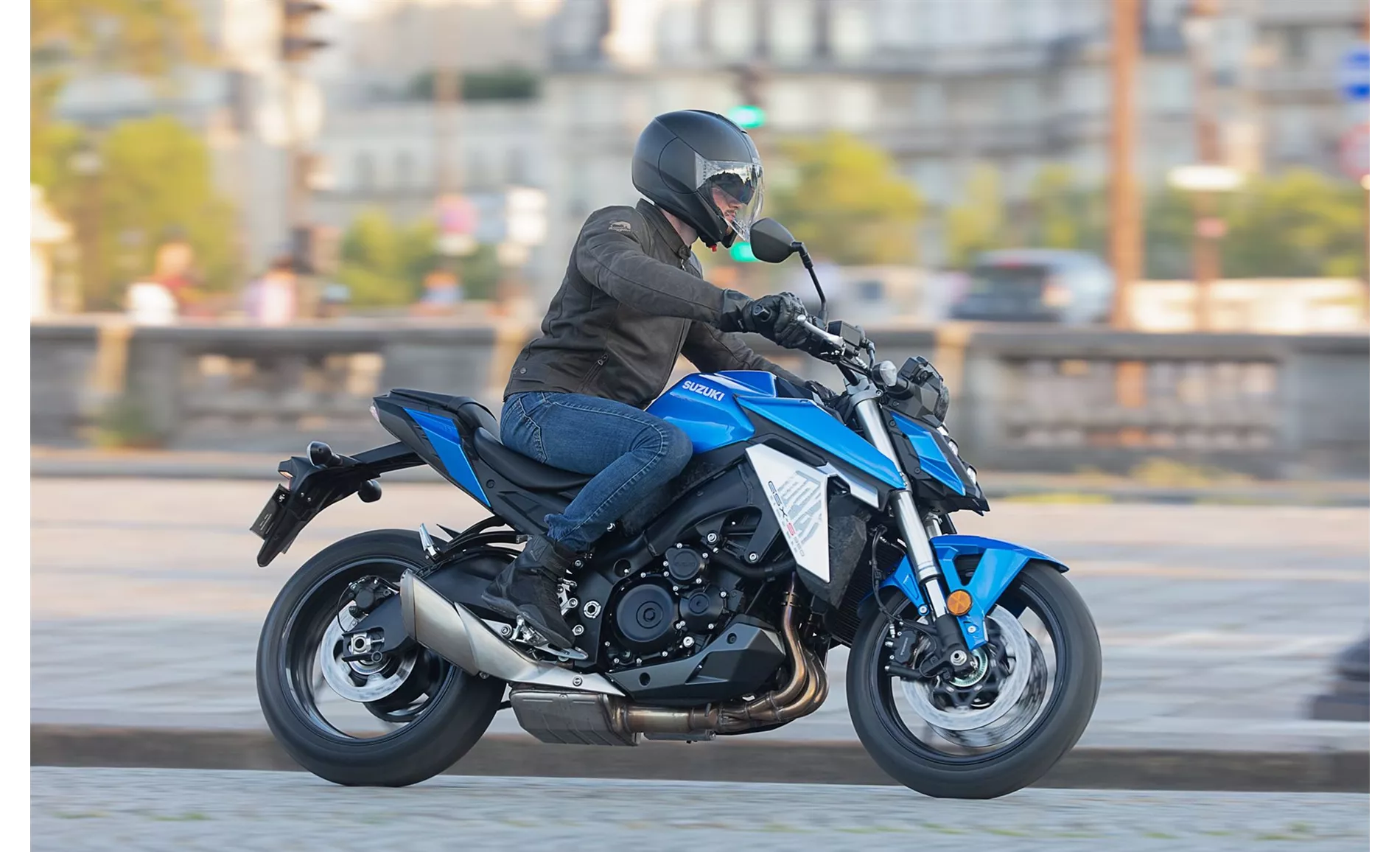
Suzuki GSX-S950 2021
In terms of strengths, the Yamaha XSR700 is praised for its successful design, proven CP2 engine, comfortable seating position, and versatility for various road conditions. On the other hand, the Suzuki GSX-S950 is commended for its powerful engine, good sound, stable brakes, and comfortable seating position.
In terms of weaknesses, the Yamaha XSR700 is criticized for its difficult-to-read display, relatively soft chassis, and limited lean angle clearance. The Suzuki GSX-S950 is noted for its soft and non-adjustable chassis and a cockpit that is not easy to read in sunlight.
Overall, both the Yamaha XSR700 2022 and the Suzuki GSX-S950 2021 have their own strengths and weaknesses. The choice between the two ultimately depends on the rider's preferences, riding style, and priorities.
Technical Specifications Yamaha XSR700 2022 compared to Suzuki GSX-S950 2021
Pros and Cons in comparison
Pros and Cons in comparison
Yamaha XSR700 2022

Can do everything but nothing well? A clear NO! The lively and agile retro bike with a sufficiently powerful engine can be a good all-rounder, which also looks good and tempts you to heat up the curves. Overall, the bike is fantastically manageable and sporty for me, even as a woman. The engine works better than expected and the seating position is more than comfortable. However, there is still room for improvement in terms of lean angle. I think that many people will continue to choose this bike because you simply can't go far wrong.
Suzuki GSX-S950 2021

The "small" GSX-S950 is damn close to the GSX-S1000, which is why it seems as if the proud surcharge for the 1000 will have to be properly justified. However, anyone who wants it to be as sporty as on the GSX-S1000 will already fail due to the somewhat too soft, non-adjustable suspension. However, this more comfortable design of the 950 fits the character of the engine very well. With (only) 95 hp, the engine, which is identical to the GSX-S1000, is designed for torque from below and in the middle; there is little point in stubbornly wriggling out. So if you are looking for a comparatively comfortable naked bike that is suitable for A2 and that can hardly be distinguished visually from the top model, you can save a lot of money!
Price Comparison Avarage Market Price Yamaha XSR700 vs Suzuki GSX-S950
There are a few key differences between a Yamaha XSR700 2022 and a Suzuki GSX-S950 2021. There are the same number of bikes of both models available on the 1000PS.de marketplace, specifically 92. It takes less time to sell a Yamaha XSR700 with 146 days compared to 298 days for a Suzuki GSX-S950. Since model year 2015 1000PS.de editors have written 26 reviews for the Yamaha XSR700 and 10 reviews for the Suzuki GSX-S950 since model year 2021. The first review for the Yamaha XSR700 was published on 7/22/2015 and now has more than 13,700 views. This compares to more than 37,200 views for the first review on Suzuki GSX-S950 published on 6/16/2021.
